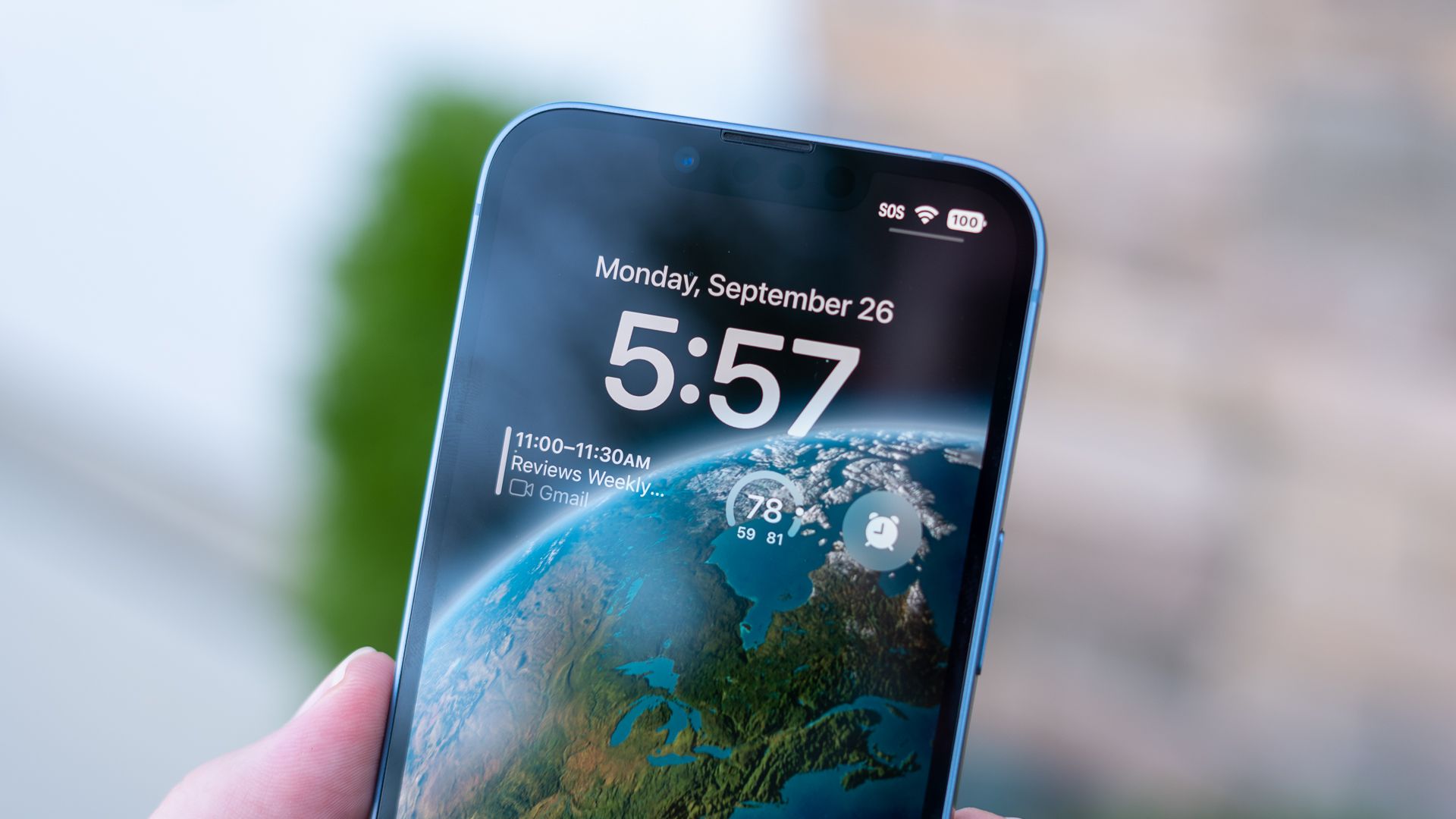When Apple launched the iPhone 14, it came with an exciting new Emergency SOS via Satellite feature that would be free for two years for those who signed up. Today, in a surprise move, Apple announced it's giving all users an additional year for free.
The service allows quick and easy communication with emergency services via satellite, which could help save a life. It's also available for all iPhone 15 models for two years. Now, with the iPhone 14 getting a one-year extension, the promotion will expire simultaneously for the entire family of supported devices, unless Apple decides later to extend the service for the iPhone 15 series.
This means anyone with an iPhone 14, iPhone 14 Plus, iPhone 14 Pro, or iPhone 14 Pro Max that activated the Emergency SOS before today just got an extra year. Now, those with an iPhone 14 or iPhone 15 can take advantage of Emergency SOS text or calls via satellite until November 2025, completely free.
Interestingly enough, we're still unsure how much Apple plans to charge for the service. During the initial announcement, Apple said users would get to trial satellite connectivity, with it eventually being a monthly or yearly subscription fee. The company has another two years to figure out a pricing model that works for all parties involved.
With Emergency SOS via Satellite, iPhone users can send a message or make an emergency call, even without Wi-Fi or a cellular signal, in 16 different countries. Plus, you can use the feature to update your location in the Find My app, making it easy for friends and family to check your location status.
For those wondering, Android manufacturers are busy working on a similar feature. Unfortunately, last week, we learned that Qualcomm's highly anticipated version of emergency satellite services is being put on hold with no timetable for its release. T-Mobile is also still working on satellite connectivity without the need for specialized antennas, using upgraded SpaceX Starlink satellites that have yet to be fully deployed. Starlink is expected to get that running in 2024, and other carriers will have access to the network as well.
Source: Apple
